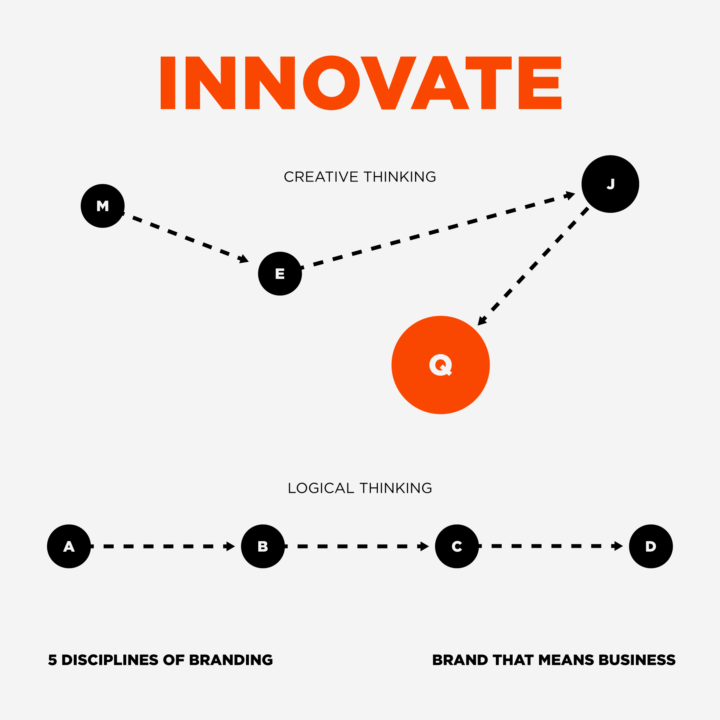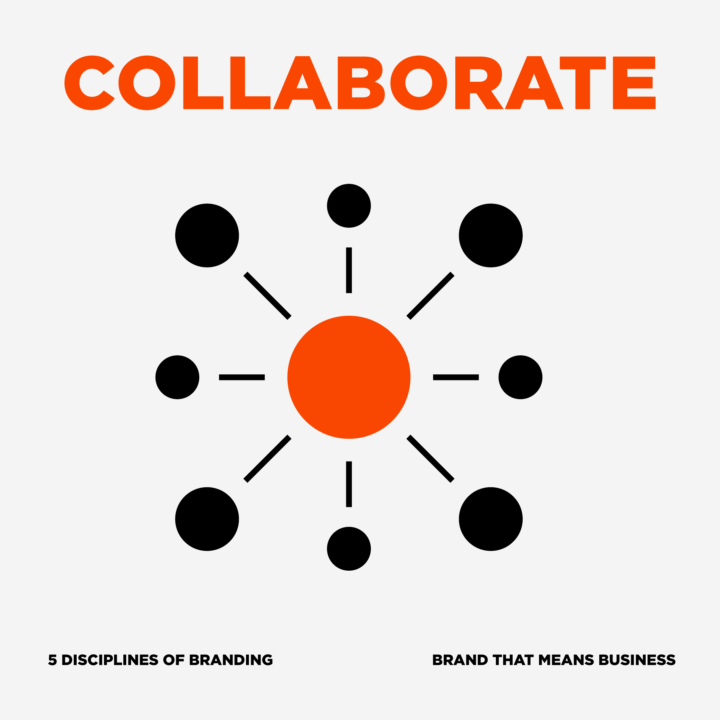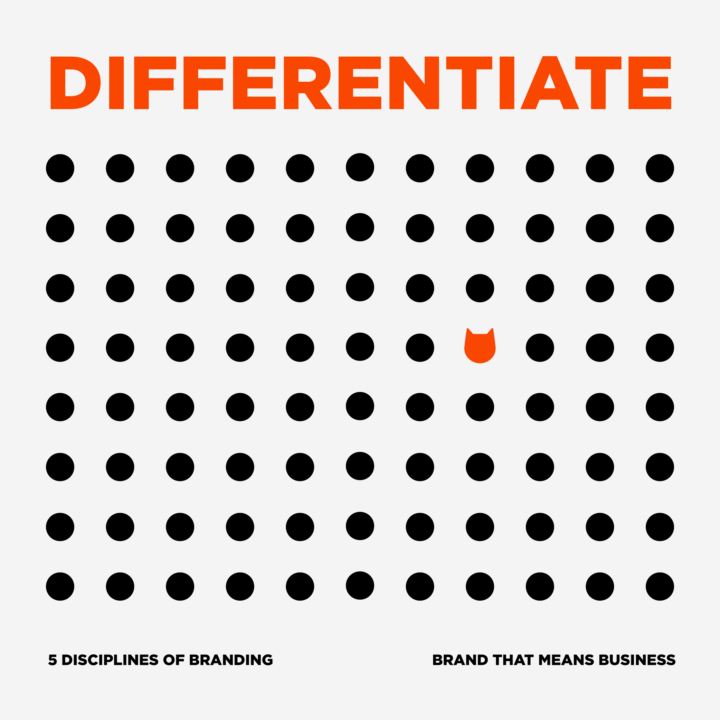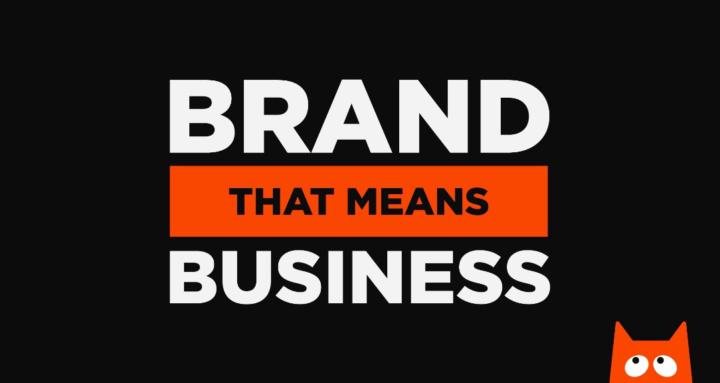
Write something
Discipline 3: Innovate
Most businesses say they want to be innovative, but very few actually are. And branding is no different. You can’t claim to be an innovator and still follow the same formulas everyone else is using. Innovation in branding doesn’t mean being weird for the sake of it, it means doing something different because the usual way won’t get the result you’re after. It’s about thinking fresh, not thinking random. New ideas are usually uncomfortable. They go against instinct. Everyone is wired to follow the group. It’s safer. Easier. More acceptable. But branding that stands out never plays it safe. The safe option blends in. The innovative option sticks its neck out and risks getting it chopped off. That’s the trade-off. Sometimes, innovation in branding means saying something that no one else is willing to say. Sometimes it’s taking a tone no one else would take. Sometimes it’s solving a problem no one else even saw. Sometimes it’s as simple as flipping a message, removing a feature, or turning a boring product into a bold idea just by telling the truth about it. And the truth is, most brands aren’t brave. They say they want originality, but deep down they want what’s already proven to work. So they copy what’s already been done, play it safe, and wonder why their message doesn’t land. Because it was never built to stand out in the first place. Innovation is about doing what makes sense for your brand, your market, and your customer, even if it breaks tradition. Even if it feels risky. Even if it makes you nervous. That nervous feeling is usually a sign you’re on the right track. But here’s the catch: if it doesn’t scare you a bit, it’s probably not innovative enough. And that’s the problem. Most people are afraid to look stupid. Afraid to back something new in case it flops. So they strip the edges off everything. They dilute the idea. Make it safe. And now they’re back at square one. If you’re not willing to take a risk with your brand, then don’t expect anyone to notice it.
0
0

Discipline 2: Collaborate
Collaboration is what keeps a brand aligned. Without it, you end up with crossed wires, mixed messages, and a business that looks and feels disconnected from itself. It’s easy to think of branding as something handled by one person or one department, but that’s where things start to go wrong. A brand is affected by every part of the business, the way you talk, the way you deliver, how decisions are made, how customers are treated, what gets prioritised, and what doesn’t. None of that can be managed properly if people are working in isolation. That’s why collaboration is a discipline. Not just something that happens on a good day, but something that needs to be built in from the start. A consistent brand isn’t about controlling every detail. It’s about making sure the right people are involved early, working with the same understanding of what the brand is, what it stands for, and what it’s aiming to achieve. This applies whether you’re building a brand from scratch, rebranding, or scaling. If there’s no shared direction, things start to drift. People start making their own decisions about what’s right. Teams pull in different directions. The message changes depending on who you ask. That’s why collaboration matters. It’s not about how many people are involved. It’s about having the right conversations with the right people at the right time. Everyone doesn’t need to agree on everything, but they do need to understand the bigger picture and how their part connects to it. Sometimes that means involving people across departments. Sometimes it means working with trusted partners. Sometimes it’s just about making space to step back and realign before pushing forward. It doesn’t need to be a complicated process, but it does need structure. Without that structure, things start to fragment. One team is saying one thing, another team is doing something else. The experience starts to shift depending on where someone interacts with the business. Internally, it creates confusion. Externally, it creates distrust.
1
0

Discipline 1: Differentiate
When I first started out, I was guilty of trying to do everything. Logo design, posters, websites, anything that came my way. I thought the more services I offered, the more chances I’d have to win work. The reality was the opposite. I wasn’t standing out. I looked like every other designer who’d do a bit of everything, and there was nothing about me that made people choose me over the next person. That’s the exact problem most businesses have. They think the way to grow is to add more. More services, more markets, more “we also do this.” But the more you pile on, the less focused your brand becomes. When you try to appeal to everyone, you end up appealing to no one. A brand that tries to be everything to everyone usually ends up being nothing to anyone. Differentiation is about stripping back and sharpening the edges. It is about being crystal clear on who you are, what makes you different, and why anyone should care. And that is not easy because it usually means saying no to things. It means letting go of ideas that don’t fit, ignoring trends that don’t match your brand, and being comfortable with focus even when it feels risky. The brands we remember are the ones that have the courage to focus. They do not try to do a hundred different things. They pick their lane and they own it. That is why you can sum them up in a sentence. Harley is freedom on the road. Nike is performance and motivation. Apple is creativity and innovation made simple. These brands do not confuse you, they do not blend in, they stand for something you can feel straight away. And this is where psychology comes into it. Look at the dots on the graphic. Straight away the orange one jumps out from the black ones. But here is the funny part, while you were spotting the dots, your brain also separated them from the text without you even realising it. You did not confuse the two. And not only that, you probably read the big title before you even glanced at the smaller misc text. That is how fast our brains sort things by difference, colour, shape, size, type. And that is exactly how people process brands too.
1
0

The 5 disciplines of Branding
Branding is one of those topics that gets talked about in loads of different ways. You’ve got designers talking about it like it’s all about visuals. You’ve got business owners thinking it’s just a logo and maybe a mission statement. Then you’ve got people throwing around strategy frameworks like it’s a formula. And somewhere in all that noise, the actual point of branding gets lost. It comes down to how clearly, consistently, and confidently you show up. It’s not just how it looks. It’s how it works. How it builds trust. How it sets you apart. How it creates value. And most importantly, how it makes people feel. The more I’ve worked on brands, the more I’ve realised that strong brands don’t just happen. They’re built using structure and discipline. So that’s what I want to share with you. The five branding disciplines I use to check whether a brand actually has something solid behind it. Whether it’s a personal brand, a product, a business, whatever. These five things are what I look for every single time now. This post is just the intro. I’ll be going into each discipline in separate posts, but this is the foundation. The way to start thinking about your brand with more intention, whether you’re building it from scratch or trying to level it up. The five disciplines are: 1. Differentiate 2. Collaborate 3. Innovate 4. Validate 5. Cultivate These aren’t just nice to have ideas.They’re what stop a brand from drifting and give it some actual weight behind the way it shows up. They help you get clearer, make better decisions, and actually build something that holds up, not just something that looks decent. Next post I’ll be digging into the first discipline, Differentiate. Because if you’re not standing out, you’re blending in.
1
0
🔜 Free Resource Dropping This Week
Quick update for everyone! I’ve got the first free resource dropping later this week and I genuinely think it’ll be valuable for anyone using it. It’s a brand requirements template but not in the “fill out your colours and logo” kind of way, this is built off the exact discovery process i use with real clients at the start of every brand project. In client work, this is step one, before we do anything visual, before we even talk about design, we do this, we dig into the brand and we get clear on what exists, what’s missing, what matters, and what needs work. This doc is a simplified version of that, it’s a structured checklist-style template that helps you pull everything into one place, not just the visuals, but the stuff that actually gives the visuals meaning. You’ll go through a structured, step-by-step process to take stock of what you’ve got and what’s missing but it’s more than a checklist, it’s a brand inventory + strategy tool in one, and it’s loaded with prompts to help you fill it out properly. The template covers categories like: 🔸 Basic Brand Info: names, usage, presence 🔸 Visual Identity: logos, colours, typography, brand consistency 🔸 Purpose & Positioning: mission, vision, goals, and the reason you exist 🔸 Audience: who you’re for, what they care about, and what problems you solve 🔸 Tone & Messaging: how you speak, what you stand for, and what makes you different 🔸 Customer Experience: touchpoints, feel, and journey from first contact to follow-up 🔸 Digital Presence: social media, website, channels, and how they connect This isn’t just for people building from scratch, If you’ve already got a brand but it feels messy or inconsistent, this will help you tighten things up and if you’re a designer working with clients, it’s something you can adapt into your own process. It’s completely free, and it’s the first of a series of resources i’ll be sharing to help people here build brands that actually mean something. Dropping it at the end of this week, so keep on the lookout 👀
1
0
1-17 of 17
powered by

skool.com/brand-that-means-business-5371
Branding explained. For businesses and designers who want to make branding work for them.
Suggested communities
Powered by
